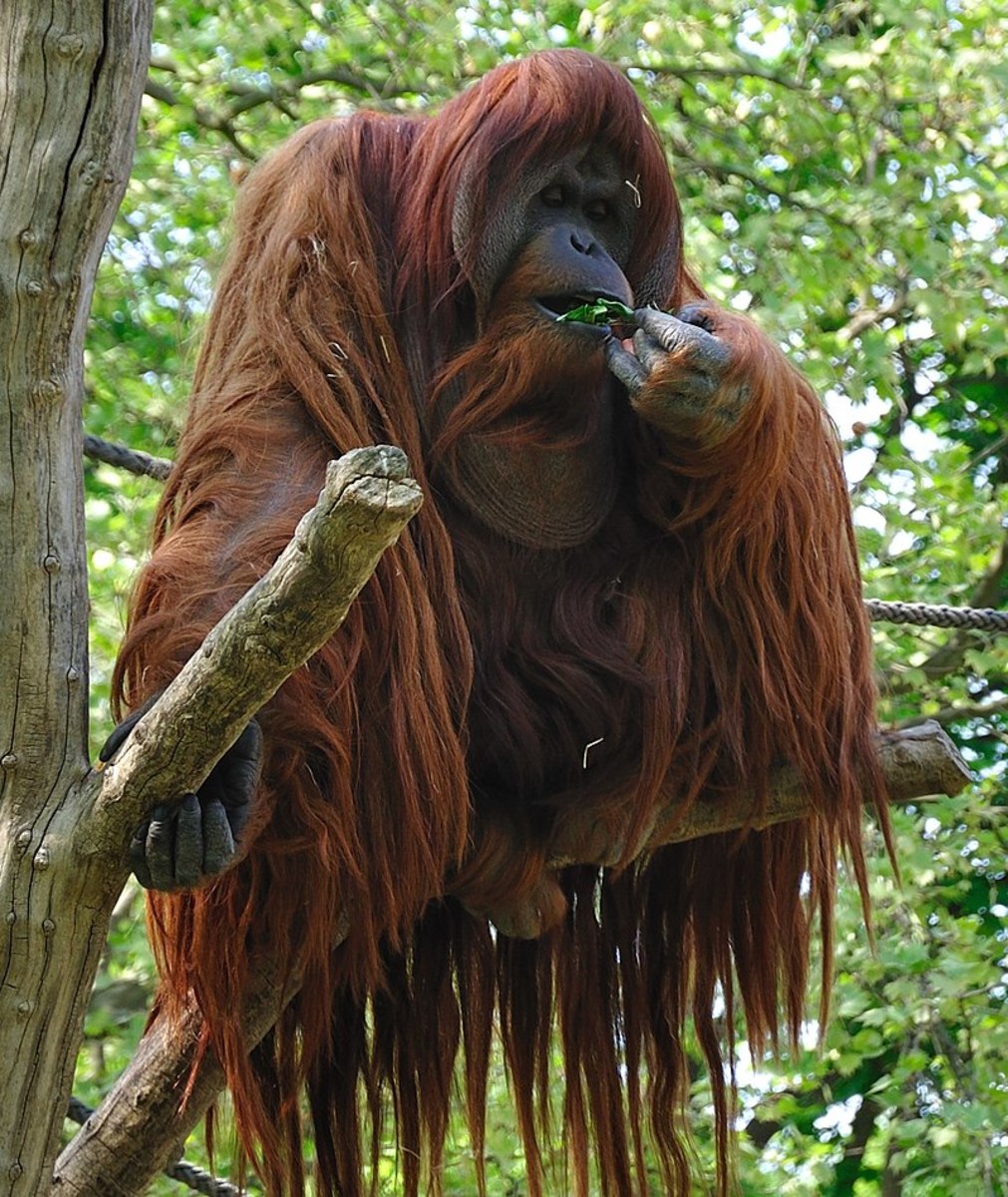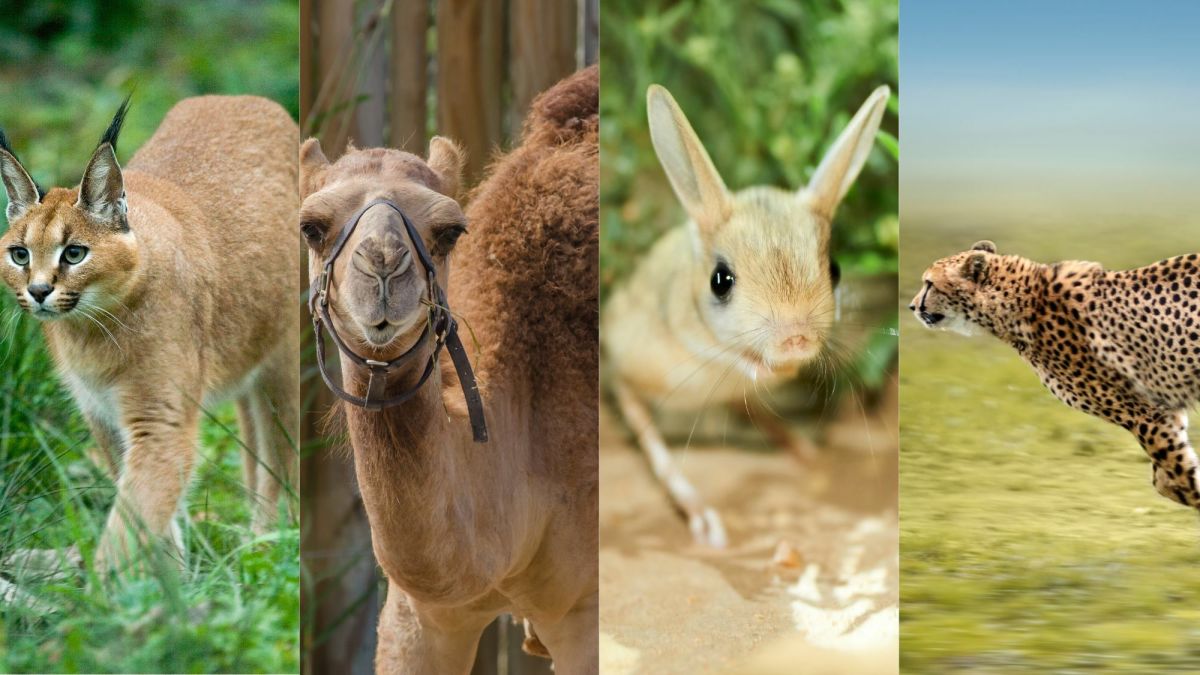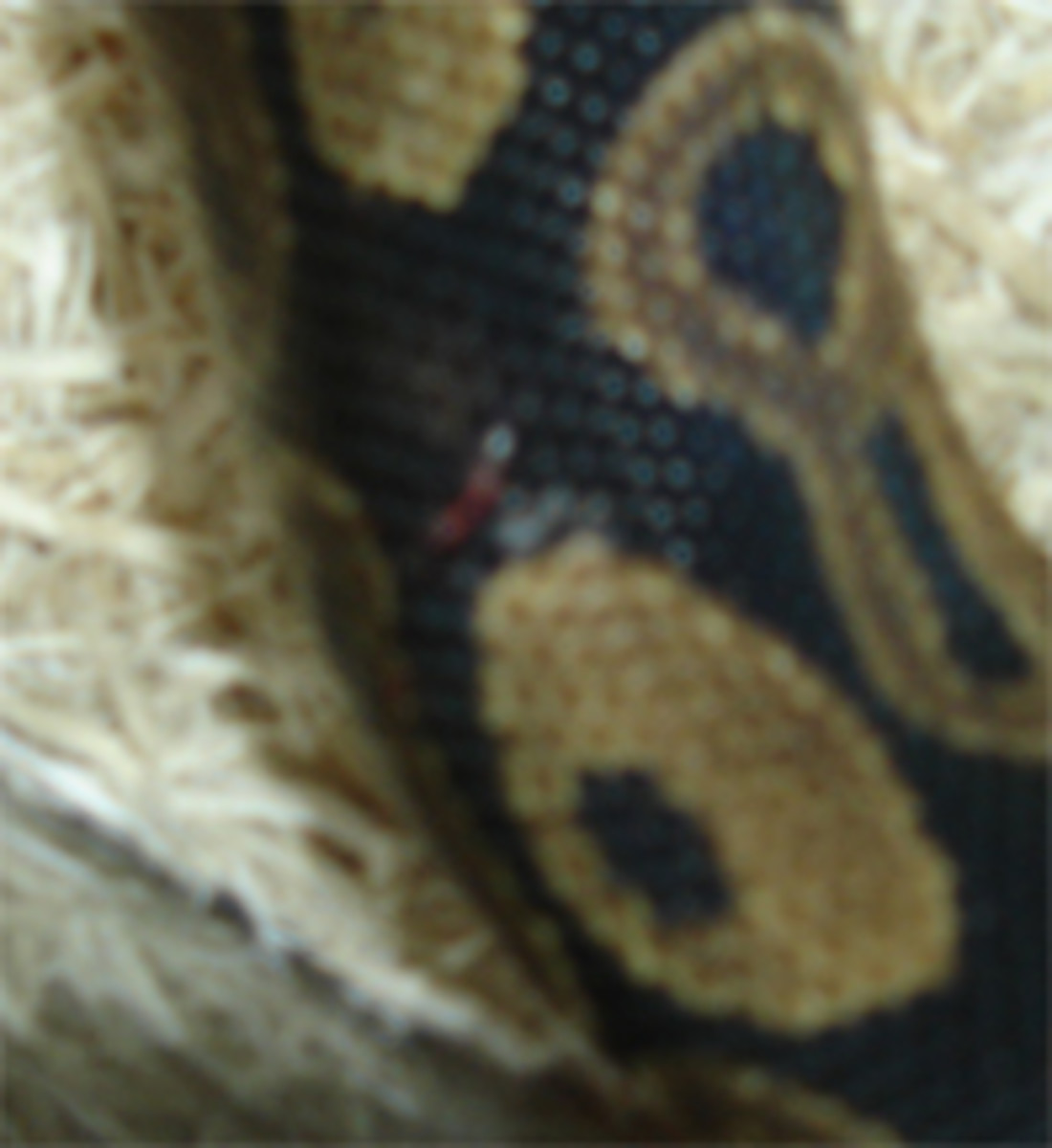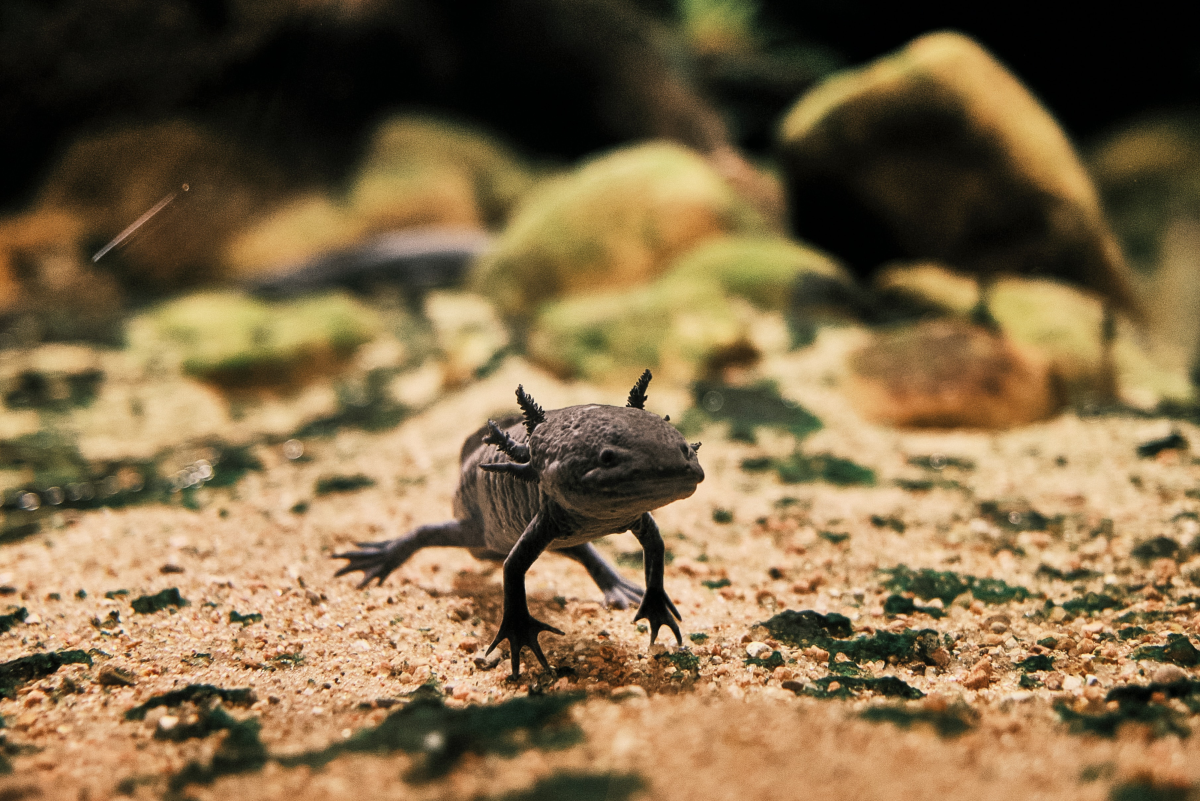Exclusively Female Animals
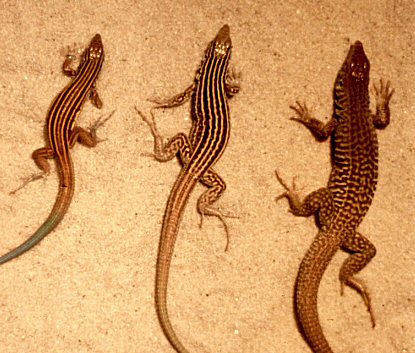
Parthenogenesis
Some animal species actually only come in female form. They can exist and thrive without any males in the population. This is actually quite common amongst insects and worms and happens in some particular lizard species. In these species no fertilization of the egg is necessary.
This reproductive method is called parthenogensis, and off course results in a female offspring. The New Mexico whiptail lizard is a notable species that has been fully parthenogenic with no males in the current standing population. Unfortunately, this reduces the genetic diversity of the species, and creates an increased likelihood that the species might not survive the onset of various diseases.
One partially parthenogenic species, the Komodo dragon, which normally reproduces with both male and female, has been observed to swtich bake and forth from parthenogenic and non-parthenogenic practices. Many scientists think that these increases survivability of the Komodo dragon species since a female could produce offspring by itself through parthenogenesis, but can also mate with a male partner to increase genetic diversity.
An interesting tidbit about the reproductive processes in some parthenogenic lizards, is that mating behavior is still observed. During the mating process, one female plays the male role and mounts the female about to lay eggs. This behavior is actually caused by hormonal cycles of some females, especially those that have recently laid eggs, which causes them to have high progesterone levels. In fact, this mating process is slightly more than symbolic as the mating ritual increases hormone levels that results in greater fecundity ratios than lizards that are kept isolated.


